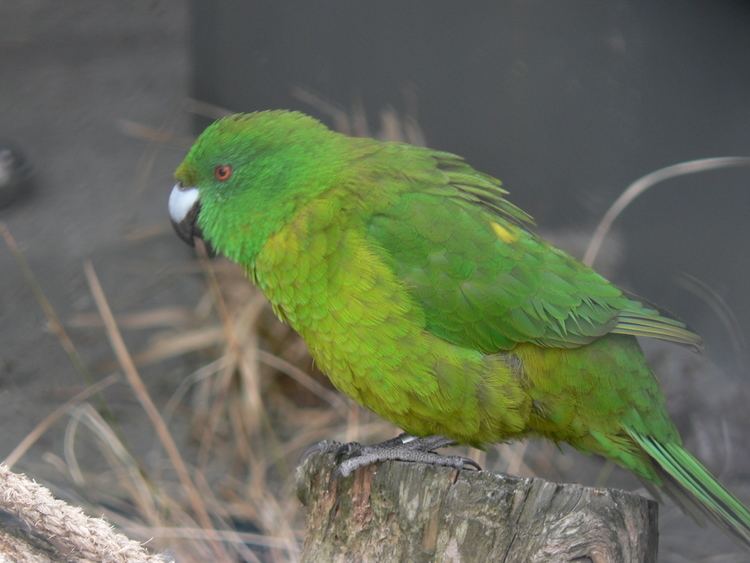Tribe Platycercini Phylum Chordata Rank Genus | Superfamily Psittacoidea Subfamily Platycercinae Scientific name Cyanoramphus Higher classification Psittacinae Order Parrot | |
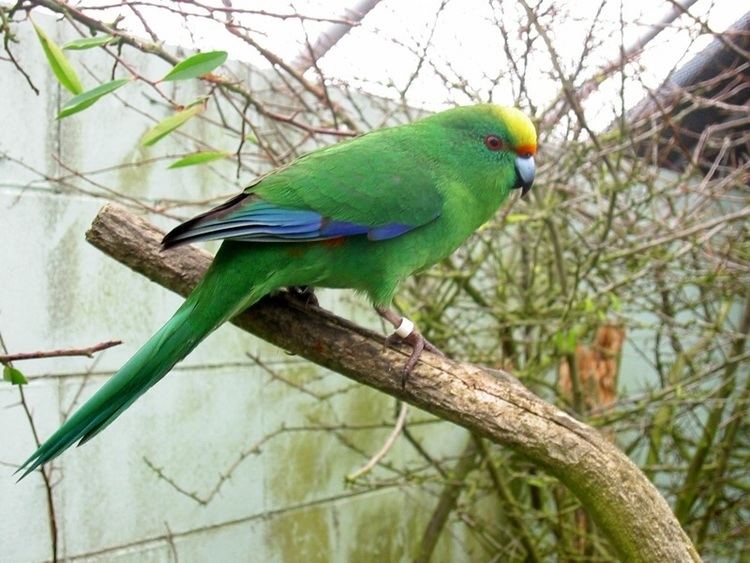 | ||
Lower classifications Red‑crowned parakeet, Yellow‑crowned parakeet, Malherbe's parakeet, Antipodes parakeet, Chatham parakeet | ||
New zealand birds antipodes island parakeet cyanoramphus uniclor feeeding
Cyanoramphus is a genus of parakeets native to New Zealand and islands of the southern Pacific Ocean. The New Zealand forms are often referred to as kākāriki. They are small to medium-sized parakeets with long tails and predominately green plumage. Most species are forest species, although several of the subantarctic species live in open grassland. The genus formerly had a disjunct distribution, with two species found in the Society Islands and the majority of the genus ranging from New Caledonia to Macquarie Island, but absent from the 4100 km in between. Despite many fossil birds being found in the islands between these two areas being found none of these were of undescribed Cyanoramphus species.
Contents
- New zealand birds antipodes island parakeet cyanoramphus uniclor feeeding
- Beautiful photo of a parrot cyanoramphus
- Species
- References
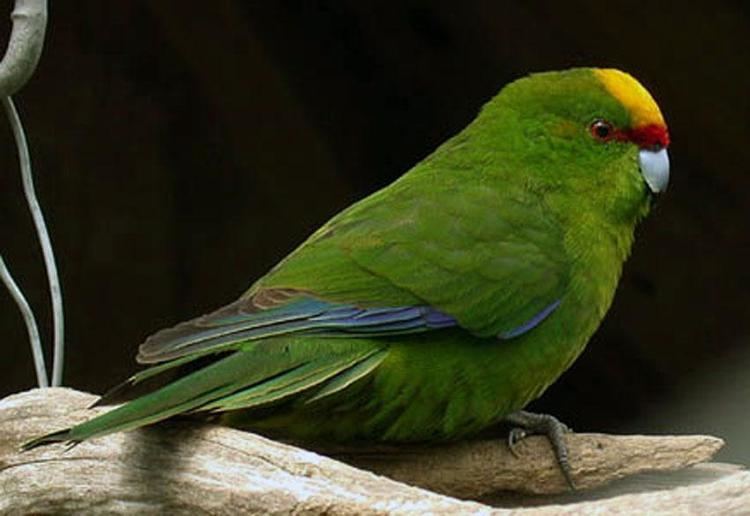
Like many other species of birds the Cyanoramphus parakeets have suffered from changes brought about by humans. The two species from the Society Islands, the black-fronted parakeet and the Society parakeet, have become extinct as have the subspecies from Lord Howe Island and Macquarie Island, as well as an undescribed form from Campbell Island. One species, the Malherbe's parakeet (C. malherbi), is critically endangered while most other species are endangered or vulnerable. Habitat loss and introduced species are considered responsible for the declines and extinctions.
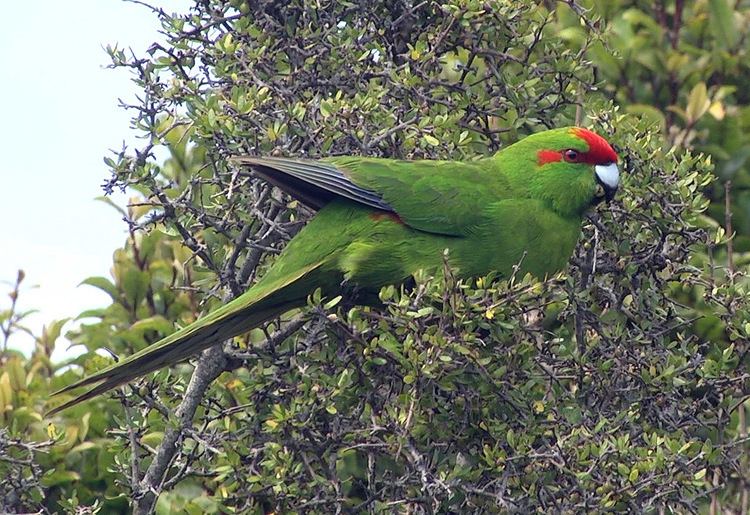
Beautiful photo of a parrot cyanoramphus
Species
The list currently accepted of Cyanoramphus taxa, following Boon et al. (2001) is:
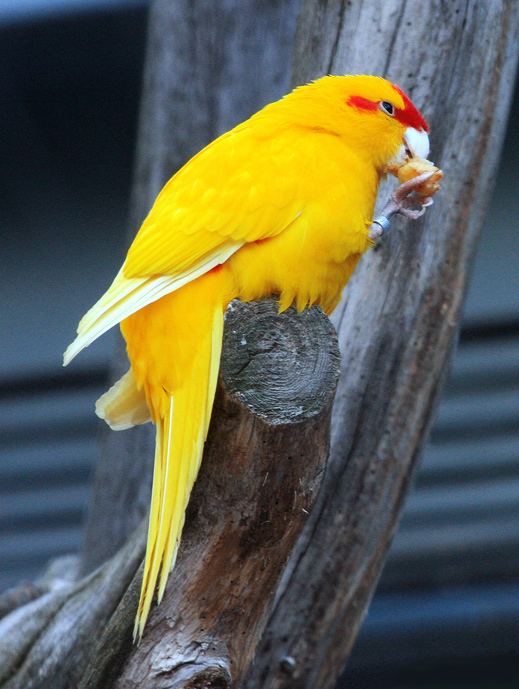
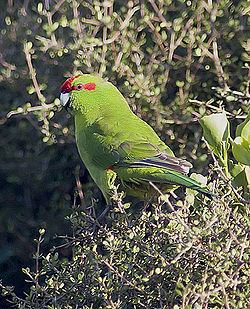
The two forms of C. erythrotis are usually considered to be distinct species: the single specimen believed to be from Macquarie Island (Canterbury Museum specimen AV2099, O'Connor catalog 369) in Boon et al.'s analysis has turned out to be from the Antipodes Islands population (hochstetteri) instead. In addition there are subfossil remains from a yet undescribed extinct Cyanonoramphus species from Campbell Island.
